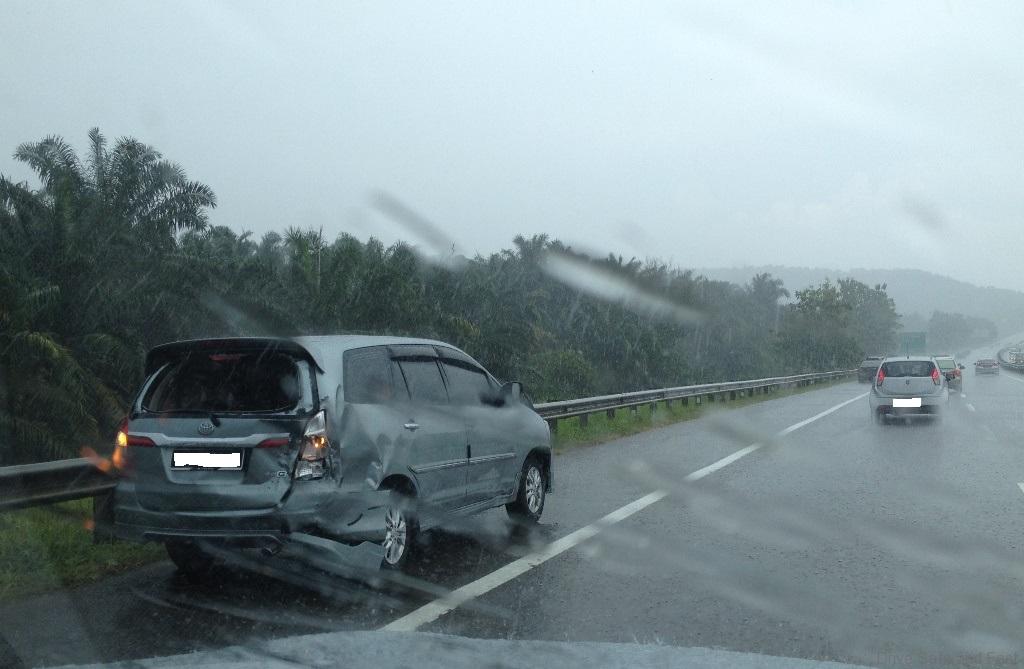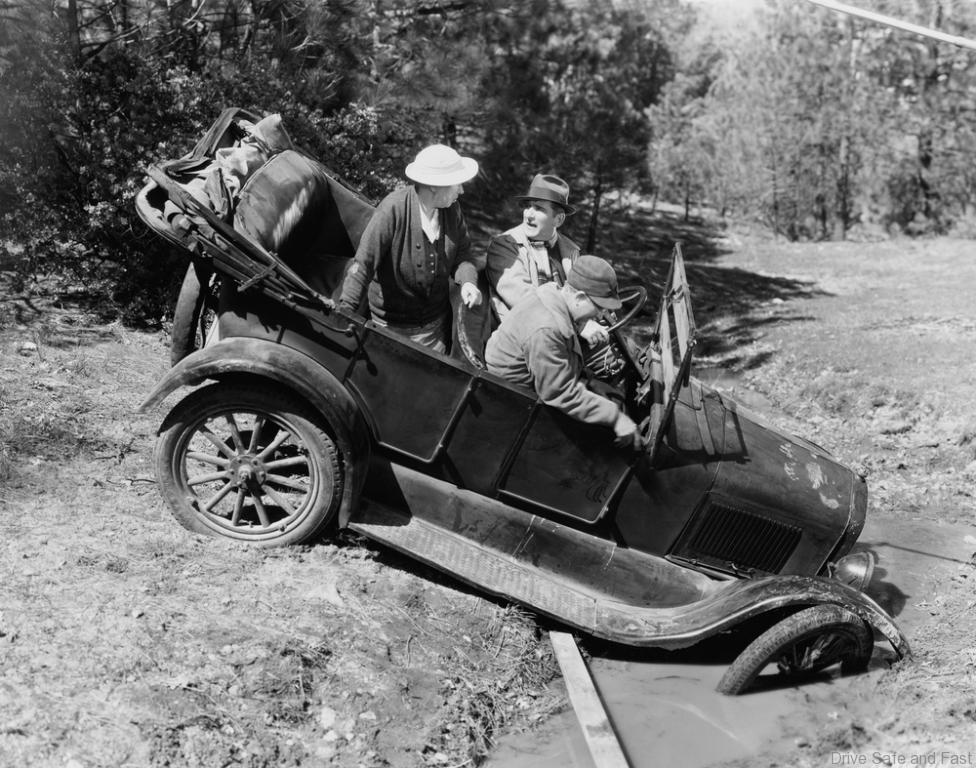- What is a motor insurance tariff?
Tariffs are sets of fixed price list created under insurance acts to streamline and control premium charges and policy wordings.
Examples of these are Motor and Fire insurance policies. When premiums are tariffed, insurance companies are not allowed to vary the prices chargeable on the insurance policy.
- What does the liberalisation of motor insurance mean?
Consumers will now be able to enjoy a wider choice of motor insurance products at competitive prices as liberalisation encourages innovation and competition among insurers and takaful operators.
Insurers and takaful operators are able to charge premiums that are in line with broader risk factors inherent in a group of policyholders being insured; and also market new products that are not defined under the tariff.
- Who was controlling the tariff rate?
As the supervisory authority for all financial institutions, Bank Negara Malaysia (BNM) has the oversight on the application of Tariffs.
- How is insurance premium calculated today?
Insurance premium is calculated based on the sum insured and model of the vehicle. Additionally, insurers are allowed to apply limited premium loading based on the age of the driver and the number of accidents on record. Depending on the driver’s claims history, the calculated premium to be paid is adjusted against the discount (No Claim Discount or NCD).
Typically, drivers with good driving records can enjoy a higher percentage of NCD up to 55%.
However, the driver may experience receiving different quotes from different insurers due to other factors mentioned above.
- If the old system worked well, why change it?
As Malaysia progresses towards a developed nation status, the insurance market is being opened up to allow a more equitable approach to the charging of premium.
A good risk should be rewarded and a bad risk recognised. This means that a good driver should pay lesser premium compared to another driver who is in a class that is more likely to experience many accidents. There should also be incentives for perceived bad drivers to become better risks and be rewarded with reduction in premium.
- When will the Liberalisation of Motor Tariffs be implemented?
The first phase of the Liberalisation of the Motor and Fire Tariff was introduced on 1 July 2016. During this initial phase, insurers and takaful operators were given the flexibility to offer new motor products and add-on covers that were not defined under the existing tariff.
From 1 July 2017 onwards, premium rates for Motor Comprehensive; and Motor Third Party Fire and Theft products will be liberalised where premium pricing will be determined by individual insurers and takaful operators.
However, premium rates for Motor Third Party product will continue to be subjected to tariff rates.







